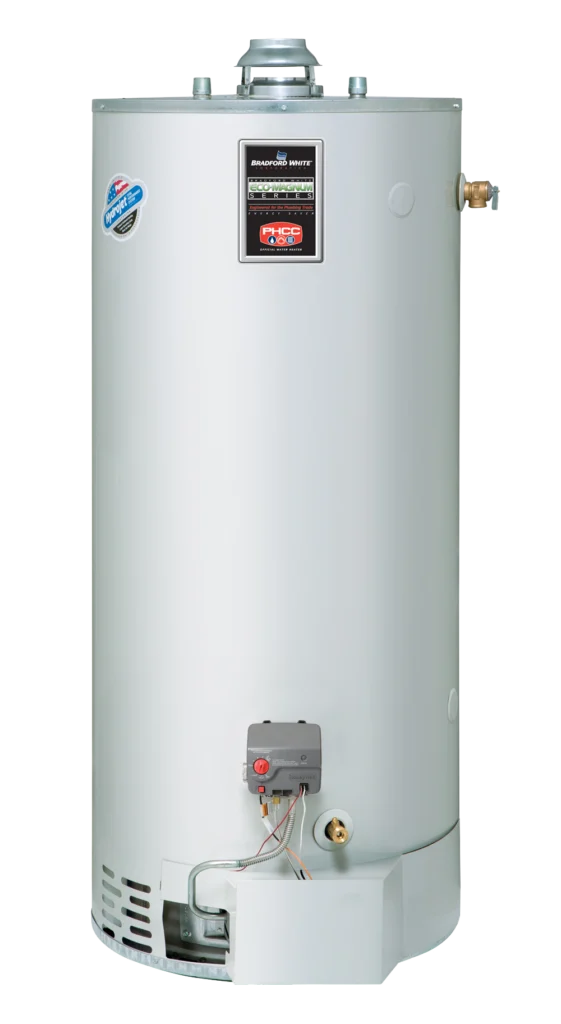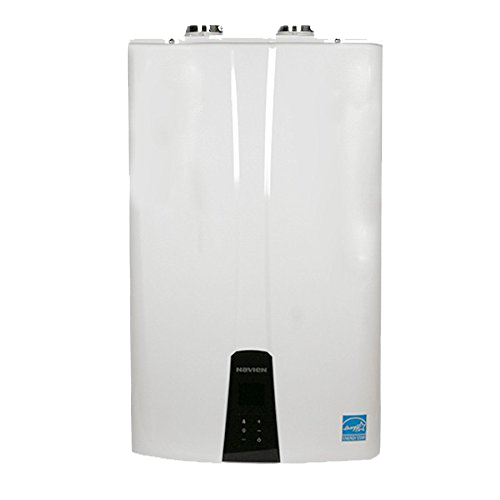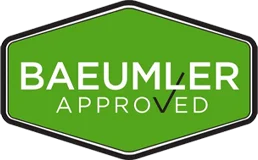Even though we use hot water in our lives every day to cook, clean, and stay warm, very little thought goes into what makes hot water so easily accessible. In this week’s blog, we’re talking about the different options you have when replacing or upgrading your water tank to keep your home warm and comfortable year round. While there are tons of methods and pieces of equipment available around the world, we’ll just be discussing the main three ways we get hot water in Edmonton, Alberta.
Standard Hot Water Tanks
These units are the typical hot water tanks that you will find in most homes. They use natural gas to heat the water inside of the tank and hold it inside like a thermos. When hot water is called for by one of your appliances, the tank will drain warm water and begin to fill again with cold water. They typically take several minutes to warm up again, which is why many people have their showers run cold if they take too long. These units are typically the cheapest option and the most common water tank installed in homes.

Power Vented Water Tanks
These water tanks are very similar to standard hot water tanks but they have a motored fan that forcibly pushes exhaust gases through the vent pipes. These units are not very common as they are typically more expensive than standard hot water tanks, and are only used if standard ventilation can not be installed for some reason.
On Demand/ Tankless Water Heater
These water tanks are the most efficient water tanks available on today’s market, reaching nearly 100% efficiency if installed correctly. These units are popular due to their energy efficiency and ability to give you an unlimited supply of hot water. These units are especially attractive for large families or multi-tenant residences, as they keep every happy with continuous hot water. The downside with tankless/on-demand water heaters is their cost. At nearly 2-3 times the cost of a standard hot water tank, they are unattainable for many households. A common misconception is that these units will pay for themselves in terms of energy savings, but we have not seen that to be the case with the current technologies and savings.

Prefer to Listen Rather Than Read? Watch the Video:s





